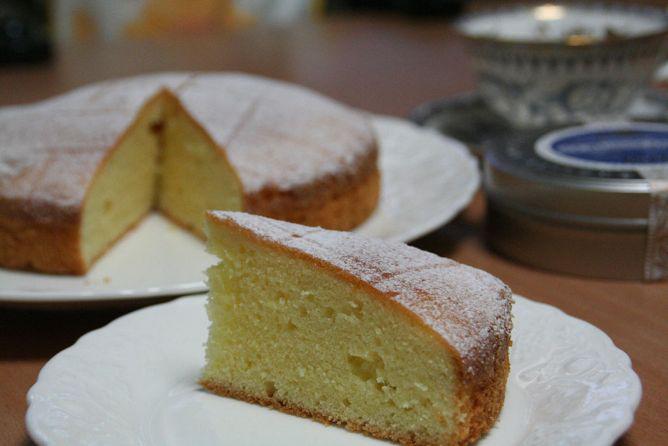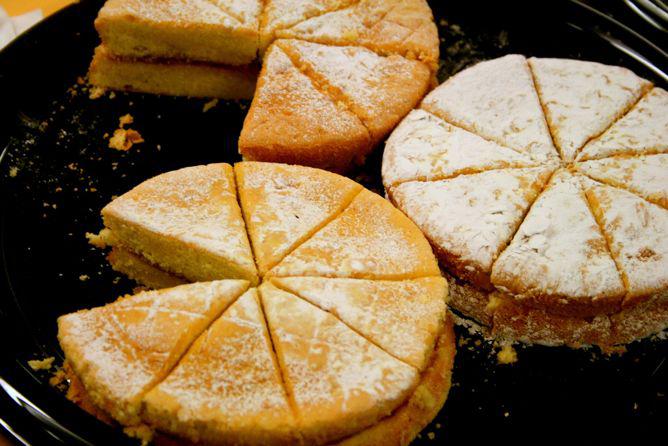Advice on how to cut a cake—that ritualized moment of childhood birthdays and symbolic bride-and-groom bonding—usually centers on producing equal slices, to keep jealous kids from squawking and sugar addicts of all ages from calling foul.
But British author Alex Bellos, who blogs about math for the Guardian, has tackled a different cake-related problem: How to cut a cake you’re not planning to devour in a single sitting so that it doesn’t dry out between servings.
As Bellos explains, cutting a triangular wedge from a round cake leaves the cut sides exposed to air, primed to dry out in the fridge overnight (especially if it lacks the protection of a good old-fashioned glass cake cloche, Tupperware cake taker, or plastic wrap).

Courtesy of Yoshihide Nomura via Flickr
But Bellos discovered a Dec. 20, 1906, letter to the editor in Nature magazine in which British eugenics pioneer (and half-cousin of Charles Darwin) Francis Galton proposed a method for “cutting a round cake on scientific principles.”
Galton’s method involves slicing all the way through the diameter of the cake to extract a long slice, then pushing the now reduced but still intact halves of the cake together to seal in moisture.* Bellos demonstrates on a birthday cake hermetically sealed with fondant icing, which he then secures with a rubber band to keep the cut edges snug.
This might not work as well on a gloppily frosted cake, or one festooned with excessive 3-D decorations. A rubber band might simply dig into the flesh of an ungarnished cake. But the cutting method itself is a sensible idea that could also work even more simply on a loaf pan cake, from which slices could be taken from the middle, the two ends pushed together between servings, or a square pan of cake cut into strips and small squares from the middle, not the ends.
Bellos demonstrates the 108-year-old cutting-edge science here:
Via NPR’s The Salt.
*Correction, June 23, 2014: This post originally misstated that Galton’s method of cutting a cake involves slicing all the way through the circumference. It involves slicing through the diameter.
